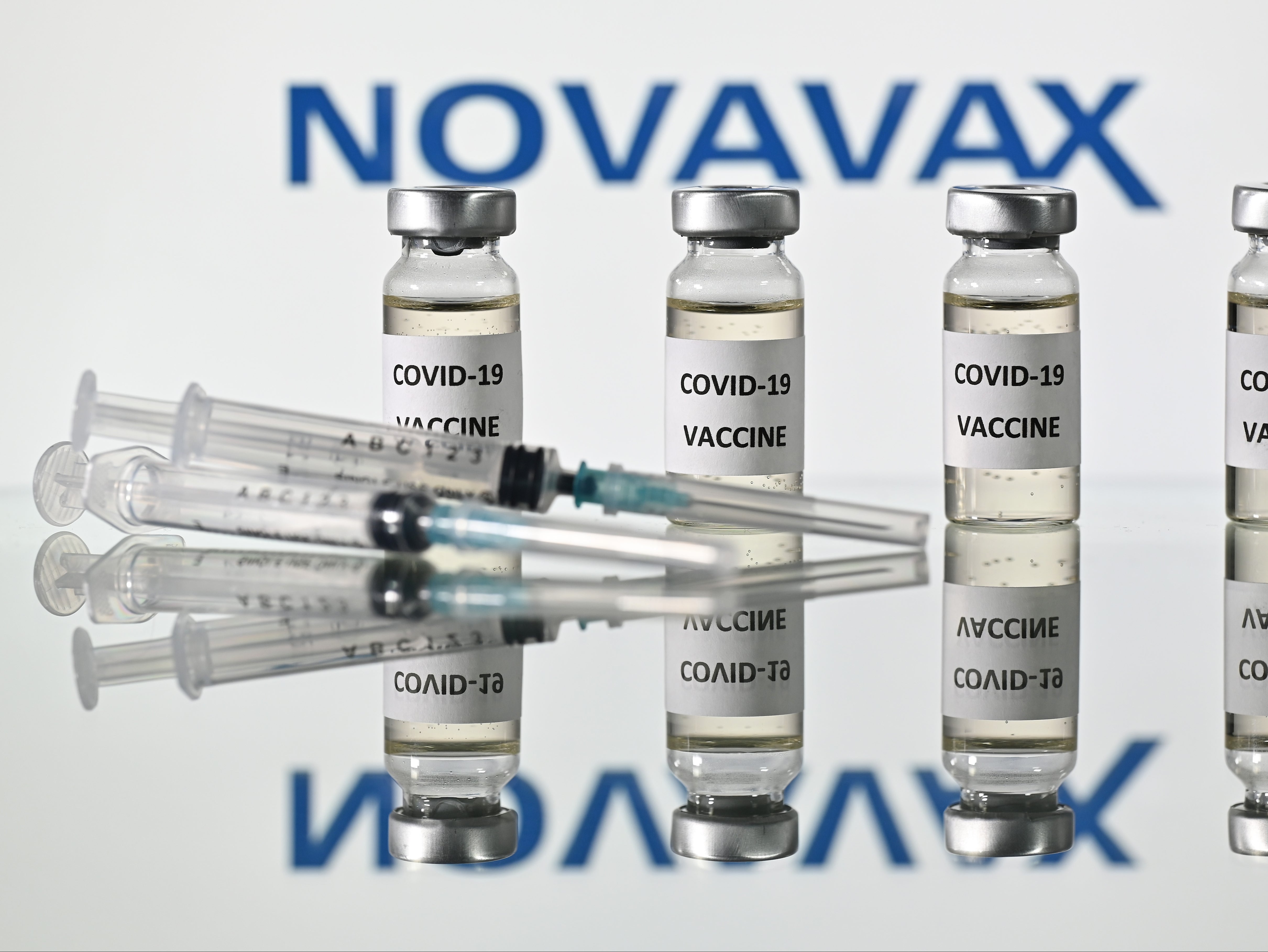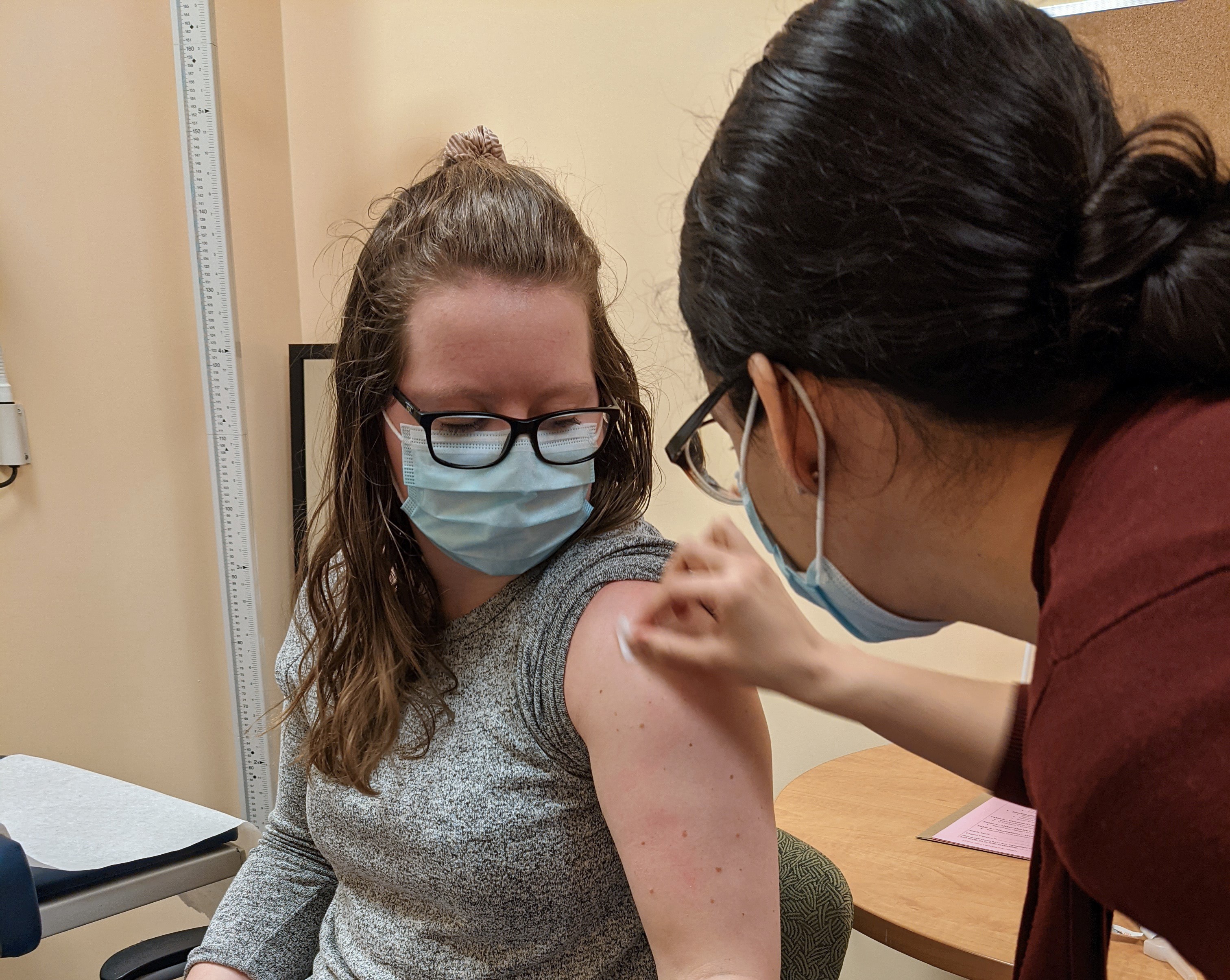
How many doses of the Novavax vaccine has the UK ordered?

NOVA VAX INGREDIENTS TRIAL
It was shown to be 89.3% effective at preventing coronavirus in participants in its Phase 3 clinical trial in the UK, which involved more than 15,000 people aged between 18-84, of which 27% were older than 65, Novavax said. Here's what we know and don't know about the jab so far. The 'News' section contains information on manufacturing changes before 2022.A vaccine from Novavax, of which the UK has secured 60 million doses, has been shown to be 89% effective in preventing Covid-19. The 'Assessment history' section contains a complete list of developments since authorisation. Recommendation to authorise Nuvaxovid for adolescents aged 12 to 17 yearsĬonditional marketing authorisation of Nuvaxovid Recommendation to approve a new manufacturing site for the active substance in Gyeongsangbuk-do, Republic of Korea Recommendation to authorise use of Nuvaxovid as a booster dose for adults who have had Nuvaxovid, an mRNA vaccine or an adenoviral vector vaccine as their primary vaccination Renewal of conditional marketing authorisation Recommendation to approve a new manufacturing site for the active substance in Jevany, Czechia Recommendation to extend the shelf-life from 9 months to 12 months Recommendation to convert the conditional marketing authorisation to standard marketing authorisation As for all vaccines, Nuvaxovid should be given under close supervision with appropriate medical treatment available. Enlarged lymph nodes, high blood pressure, rash, reddening of the skin, itching at the injection site, itching at areas other than the injection site and itchy rash were uncommon side effects (affecting less than 1 in 100 people).Ī very small number of cases of paraesthesia (unusual feeling in the skin, such as tingling or a crawling feeling), hypoaesthesia (reduced sensation to touch, pain and temperature), myocarditis (inflammation of the heart muscle), pericarditis (inflammation of the membrane around the heart) and anaphylaxis (severe allergic reactions) have occurred. Fever was seen more frequently in adolescents (occurring in more than 1 in 10 people) compared with adults. Redness and swelling at the injection site, fever, chills and pain in the limbs occurred in less than 1 in 10 people. These included headache, nausea (feeling sick) or vomiting, muscle and joint pain, tenderness and pain at the injection site, tiredness and feeling unwell. The most common side effects with Nuvaxovid in the trials were usually mild or moderate and got better within a few days after vaccination. Data from an additional study also showed a rise in antibody levels when a booster dose of Nuvaxovid was given in adults after primary vaccination with an mRNA vaccine or adenoviral vector vaccine.Ĭan children be vaccinated with Nuvaxovid?

There is currently limited data on the efficacy of Nuvaxovid against other variants of concern, including Omicron.ĭata from two studies showed a rise in antibody levels when a booster dose of Nuvaxovid was given in adults after primary vaccination with the vaccine. The original strain of SARS-CoV-2 and variants of concern such as Alpha, Beta and Delta were the most common viral strains circulating when the studies were ongoing. Taken together, the results of the two studies show that Nuvaxovid was effective at preventing COVID-19 in both adults and adolescents. The study showed a similar reduction in the number of symptomatic COVID-19 cases in people who received Nuvaxovid (10 cases in 7,020 people) compared with people given placebo (96 in 7,019 people) in this study, the vaccine efficacy was 89.7%.

The second study was carried out in the United Kingdom and included only adults. Compared with placebo, the vaccine led to an 80% reduction in the number of symptomatic COVID-19 cases seen from 7 days after the second dose onward in adolescents six out of 1,205 adolescents who received the vaccine and 14 out of 594 who received placebo developed COVID-19. The trial also showed that the immune response to Nuvaxovid, which was measured as the level of antibodies against SARS-CoV-2, was comparable between adolescents and young adults aged 18 to 25 years. This means that the vaccine had a 90.4% efficacy in this study. The study, conducted in Mexico and the United States, found a 90.4% reduction in the number of symptomatic COVID-19 cases from 7 days after the second dose in adults who received Nuvaxovid (14 cases out of 17,312 people) compared with adults given placebo (63 out of 8,140 people). In the first study, conducted in adolescents and adults, around two thirds of participants received the vaccine and the others were given placebo. In these studies, over 47,000 people were given two doses of Nuvaxovid or placebo (a dummy injection). Results from two main clinical trials found that Nuvaxovid was effective at preventing COVID-19 in people from 12 years of age.


 0 kommentar(er)
0 kommentar(er)
